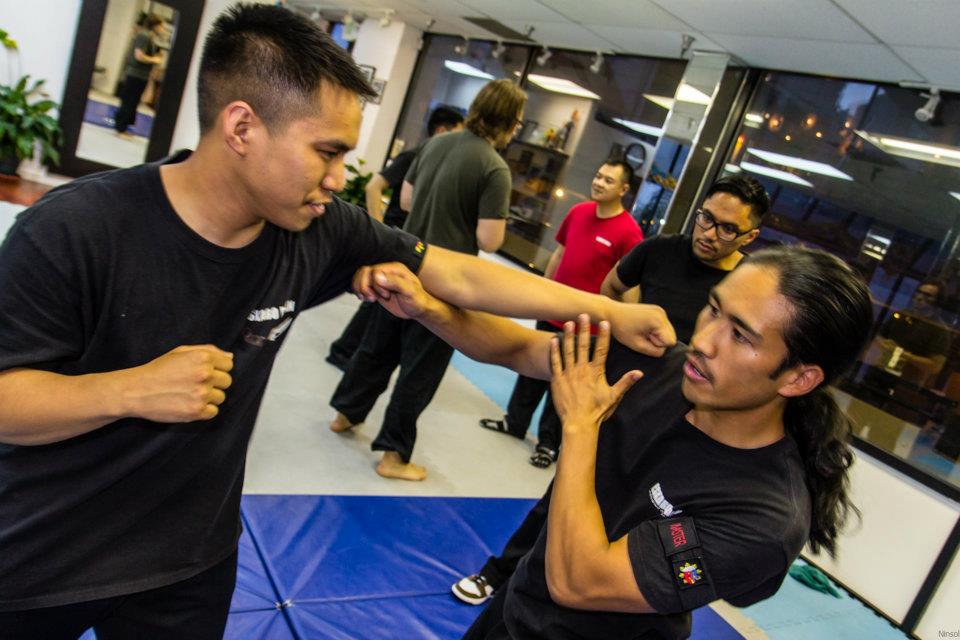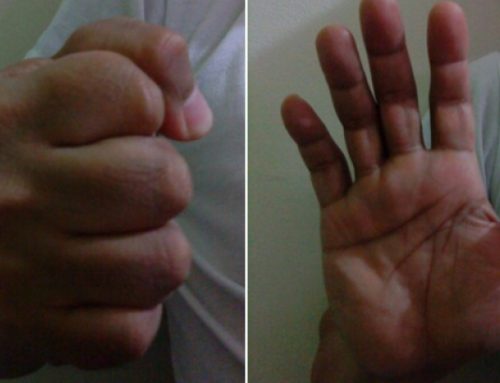It is an expression used to articulate the mindset of Filipino Martial Arts. Defanging the snake means to neutralize the immediate threat coming towards you whether it is a kick, punch, head-butt, knife or stick.
Once the snake is defanged, the snake is deemed powerless and unable to defend itself. The Abanico and Gunting are staple techniques in Filipino Martial Arts that serves this purpose.
Master Joseph Bautista of Eskabo Daan has been asked to share his insight on these techniques.
According to the history that is known in Eskabo Daan, the word Abanico in Tagalog means “to fan”. The motion to fan’ refers to the motion of a weapon striking a point on the opponents body and rotating it 360 degrees.
Bautista explained that an individual must first take into account the type of weapon they are wielding as well as the length and weight.
“Some people prefer to use a straight horizontal strike going from one end, full 360 to the other end. Others prefer to have a more circular, figure eight or infinity sign type of Abanico. Some people feel better with the figure eight using a heavier weapon because it’s easier to wield. But with a short weapon, some would tend to use the horizontal strike. Not to say any way is better, it’s a personal preference”, stated Bautista.
But perhaps what makes the Abanico unique is its ability strike anywhere on the body effectively. “Generally speaking it’s used for the head, temple to temple. But we can use it from one side of the wrist to another and we can use it for climbing; hand to the wrist, hand to the elbow. We can use it to climb up, go down or just hit the head.”
Although the Abanico is mostly done with weapons, there is another way to defang if an individual is empty-handed.
The Gunting, meaning to scissors, is a trademark technique in Filipino Martial Arts. Like the Abanico, the Gunting can target anywhere on the body and has the potential to either shutdown a limb or destroy it.
“The Gunting gives you options. It can be very destructive or it can be less destructive. The Gunting also acts a temporary shutdown of the body, so when you get slapped and get slapped hard enough, you actually momentarily lose consciousness and feeling of your hand and suddenly it returns,” explained Bautista.
Although the Gunting has roots in Filipino martial arts, the Gunting has also been utilized in other arts as well.
I have seen Gunting motions in some Chinese martial arts (Kung Fu) but Filipino martial arts is the only one I’ve seen that uses it quite frequently and heavily.
By having roots in both Filipino and Chinese martial arts, some would wonder why a technique like the Gunting isn’t recognized in the mainstream.
Bautista explains, “Most people are headhunters. A lot of arts go for the body and head right away. Because Filipino martial arts are weapons based we come from the mentality of we don’t want to trade blows. The only way not to trade blows is to neutralize that first weapon and once the weapon is gone, we have a piñata.”
The Gunting and the Abanico are only a piece of what Filipino martial arts have to offer. More than just techniques, they are culture and history that have existed for over 2000 years.
Eskabo Daan strives to promote Filipino martial arts in all its forms to the forefront of the martial arts world.





















